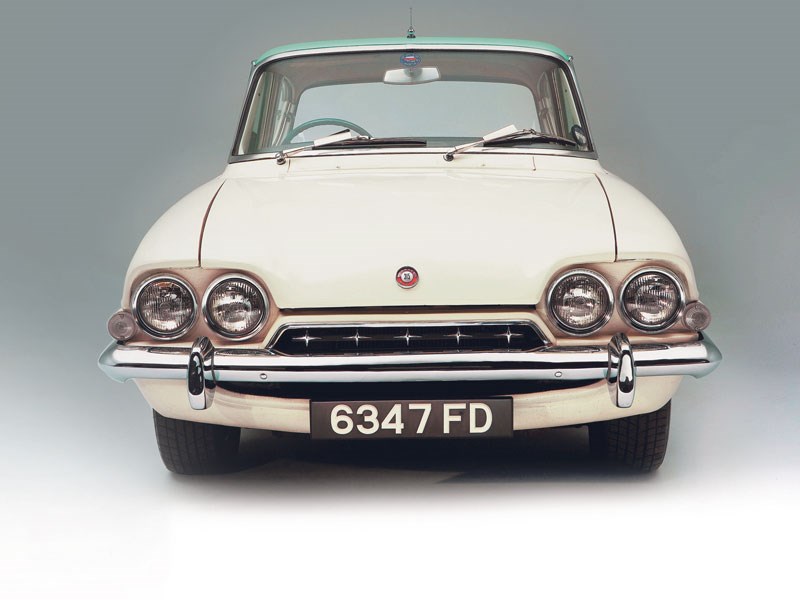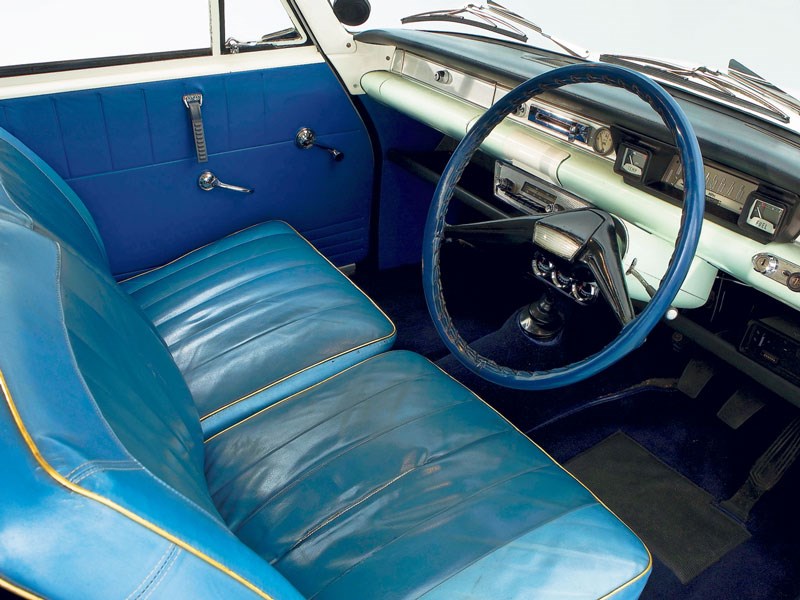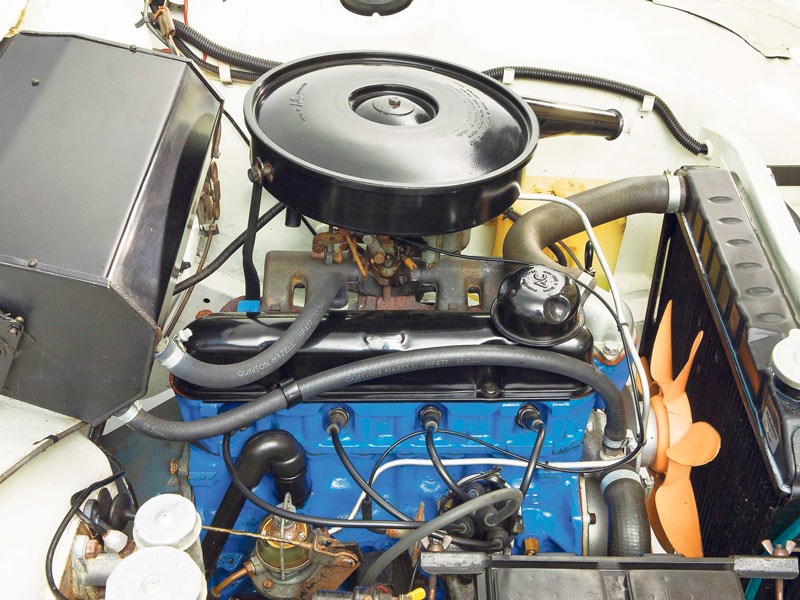With prices rising, now could be the perfect time to buy this Ford
If the styling hasn’t already convinced you, then the driving experience offered by the Consul and Capri almost certainly will. Okay, the 1340cc model does feel a bit under-nourished on faster roads, so you’ll appreciate the extra power and torque of the 1500 on longer journeys. The need for less gear-changing makes the bigger-engined car a more relaxed mile-muncher too.
Whichever one you choose, you’ll appreciate the smooth and responsive nature of the engines and the sweet gearshift, while good ride comfort and powerful brakes make negotiating today’s crowded and potholed roads a pleasurable experience, although the steering does lack the sharpness of later rack-and-pinion systems.
It isn’t just the open road where you’ll enjoy this car either – there’s excellent visibility provided by the thin screen pillars while light controls means it’s stress-free in traffic. The spacious and comfortable cabin has a four-door option, good for family use.
VITAL STATISTICS
Ford Consul Classic & Capri
Engine 1498cc/4-cyl/OHV
Power (bhp@rpm) 59bhp@4600rpm
Torque (lb ft@rpm) 79lb ft@2300rpm
Top speed 80mph
0-60mph 20.1sec
Consumption 26mpg
WHAT TO LOOK FOR
BODYWORK & CHASSIS
Although fundamentally strong, the Consul’s monocoque body is prone to corrosion in a number of areas. At the front, the headlamp surrounds, inner and outer wings, and suspension strut top mounts are the main areas to check, along with the rear edge of the front wing where it meets the A-post. The sills, jacking points, rear wheel arches, rear valance, and floorpan/spare wheel well are other known rot-spots so don’t ignore signs of problems here. While later 1500 models were better protected, a thorough check of all panel seams and box sections is strongly advised, whatever the model.
Differences in design and construction means there are rust problems unique to the Capri. However, the Consul’s complex, triple-skinned windscreen pillars are particularly at risk while the roof guttering and rear bulkhead area can also suffer.
ENGINE
The original 1340cc engine is a bit underpowered for such a heavy car and the three-bearing crankshaft was a weak point that threatened terminal failure on hard-used cars. The latter 1500 unit avoided both issues and is a common swap, so be sure you know what’s been fitted. Oil leaks can be a common problem but are generally easy to cure, while excessive blue smoke is most likely going to be caused by worn valve guides or piston rings. Radiator blinds were an option when new and are a nice original touch now, so check they work if fitted. Evidence of regular maintenance will provide reassurance whichever engine you choose but with a re-build a manageable DIY task, it’s the condition of the bodywork that is most important. Lastly, the Capri GT included a twin-choke Weber carburettor and four-branch exhaust manifold among other tweaks, so watch for badge-swaps on run-of-the-mill models.
RUNNING GEAR
The four-speed manual gearbox with floor or column shift presents few problems, though it’s worth noting that early models lacked synchromesh on
first gear, something rectified on 1500s. The test drive should reveal any issues with ‘box or differential but neither are hugely expensive to
fix should the worst happen, so this shouldn’t be
a reason to reject an otherwise solid example. Gearbox swaps – including automatics – are
fairly common, so you’ll want to quiz the owner about the standard of any work done. Clunks
from the driveline when applying or lifting off the throttle can be caused by worn propshaft joints.
The strut front suspension and leaf-sprung rear axle are reliable arrangements that can be overhauled at a reasonable cost, leaking dampers and sagging rear springs being the extent of the problems you’re likely to encounter. It’s worth noting that smaller-engined models had a variety of greasing points that needed attention every 10,000 miles or so, an arrangement that was dropped for the 1500. The front disc/rear drum brakes were advanced for a family car of the time and were again trouble-free, though watch for seizure on little-used cars. Some steering parts were unique to the Classic so replacement bits can be hard to obtain, perhaps more so on the later models surprisingly – worth bearing in mind if you think an overhaul is on the cards.
INTERIOR
The stylish interior was a real plus point and the good news is that just about every part is available including the dashboard and gauges. Notable features at the time included variable speed wipers and a headlamp flasher, so make sure these are working.
OUR VERDICT
A combination of good looks, dependable mechanicals, and excellent owner’s club support make the Consul Classic/Capri almost the perfect starter classic. We say ‘almost’ because its reputation for rust isn’t unfounded, which means you need to buy carefully if you’re to avoid a restoration money pit. As long as you bear that aspect in mind, there is little else to stop you enjoying this excellent Ford with a cherished 1500 model being our pick of the bunch.


